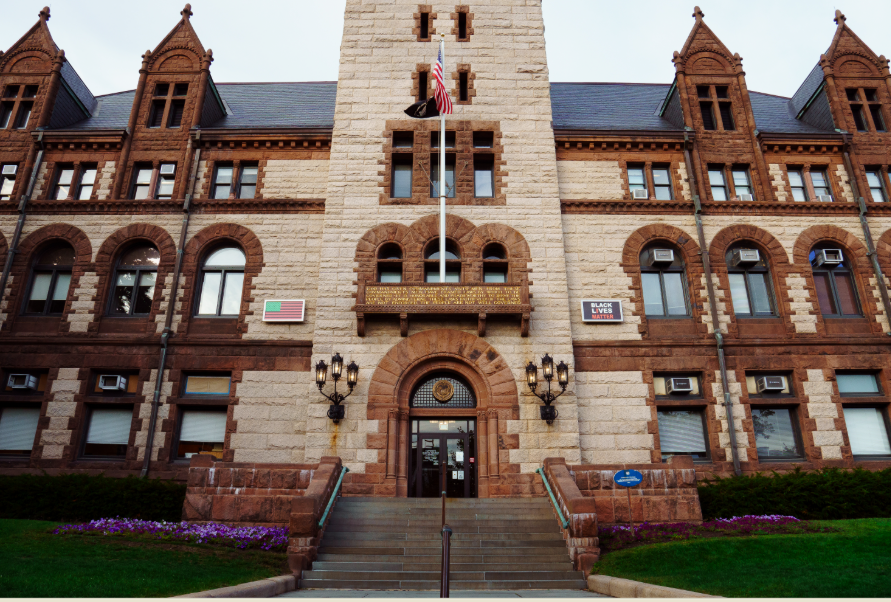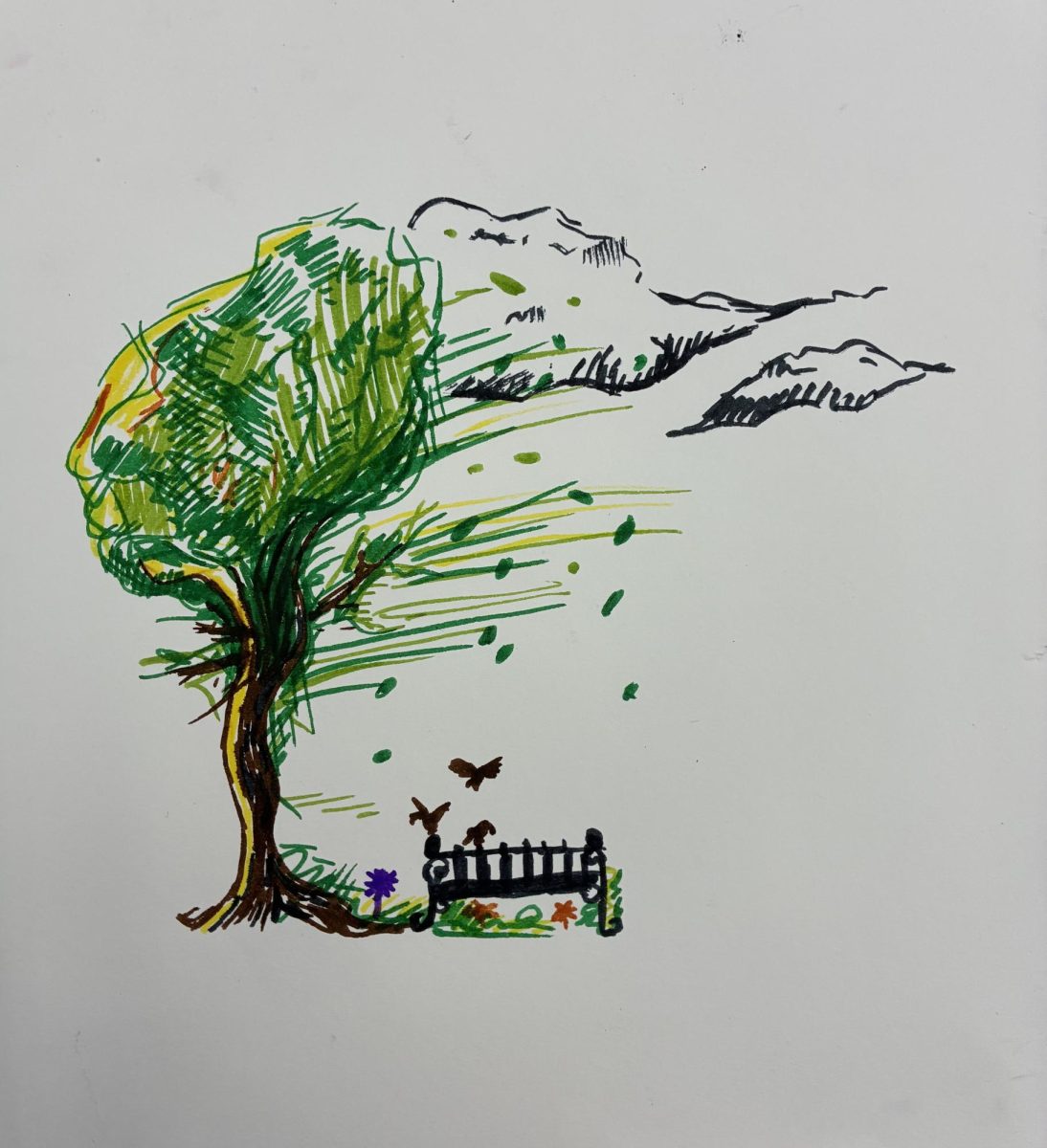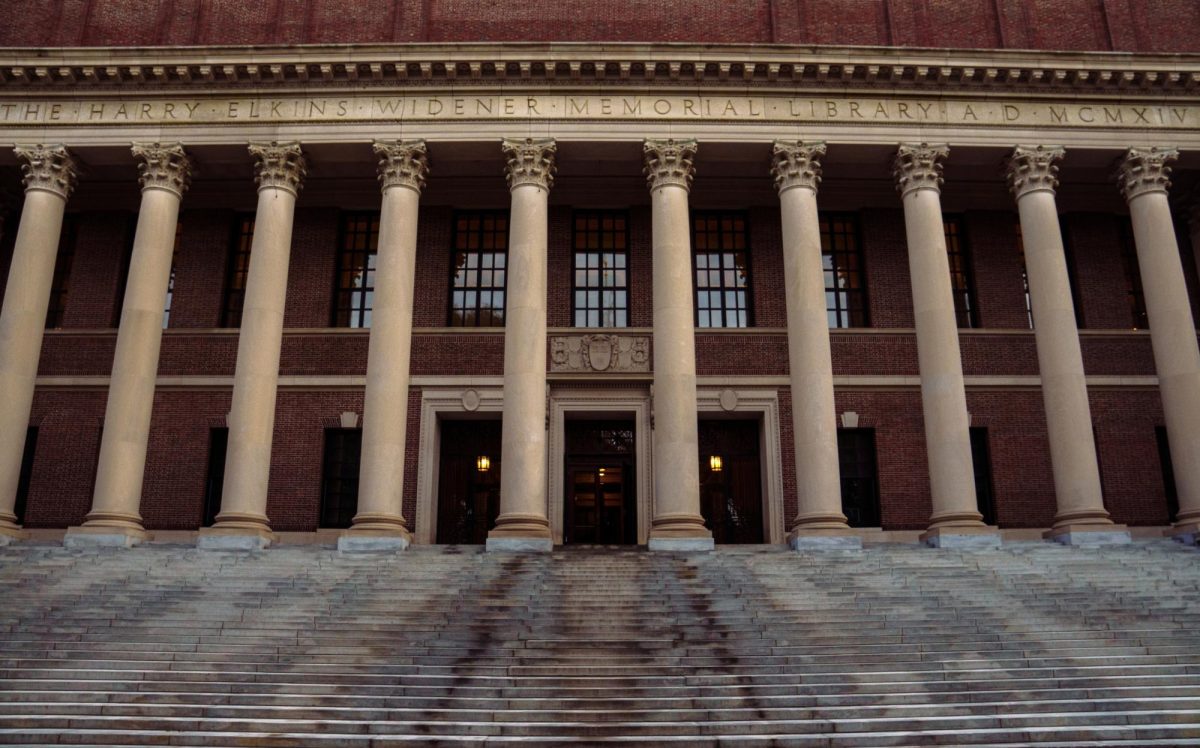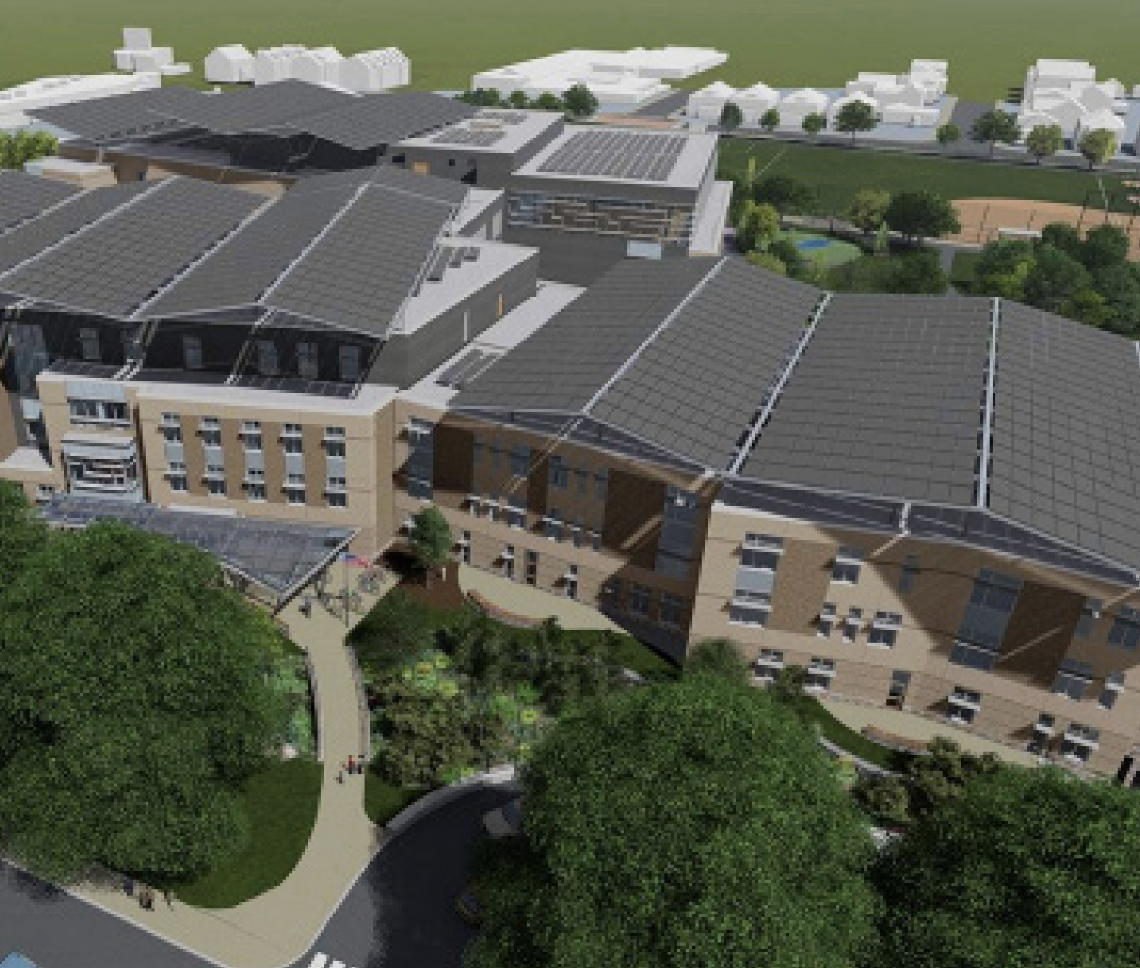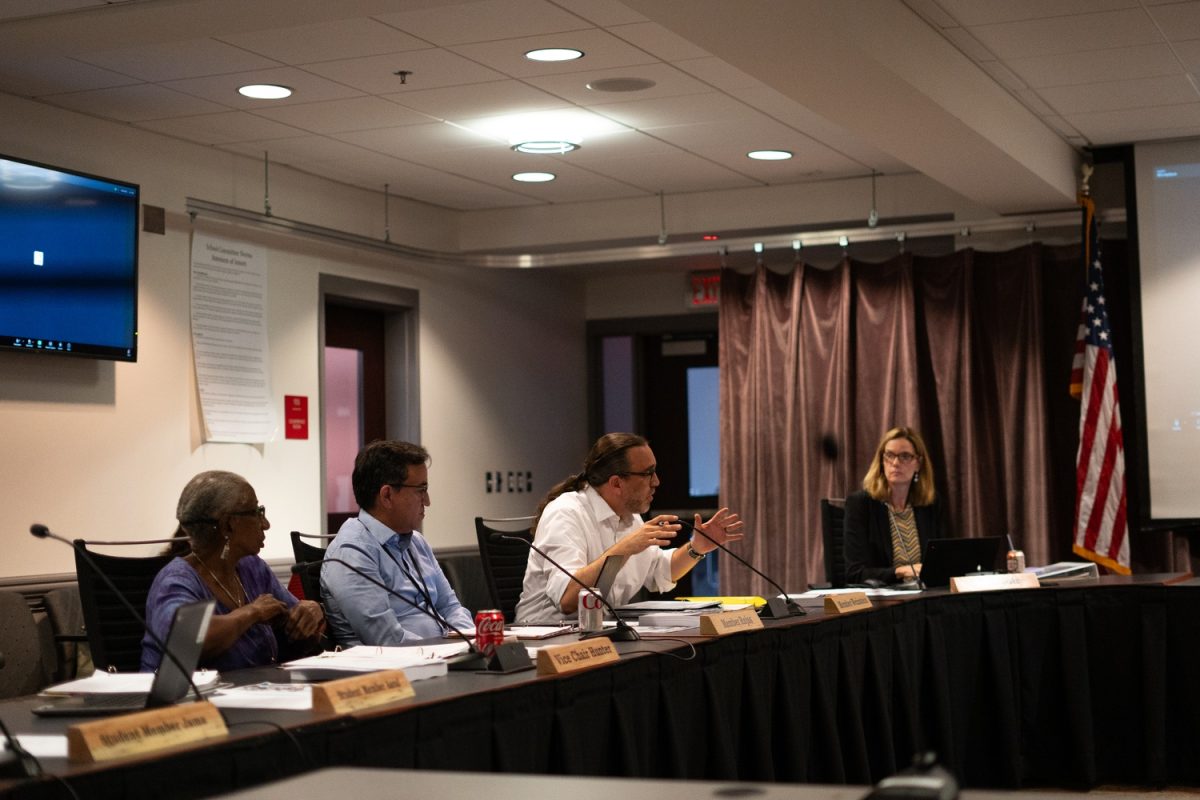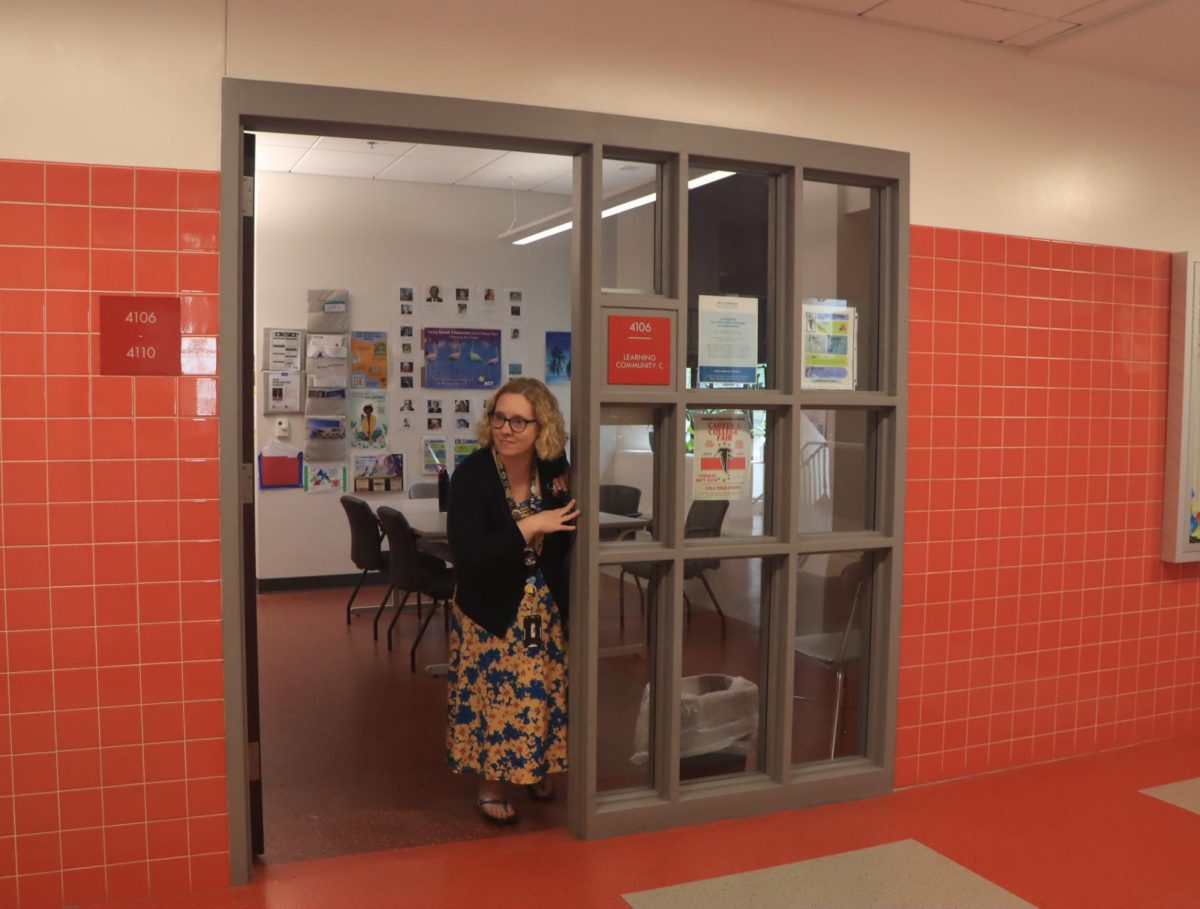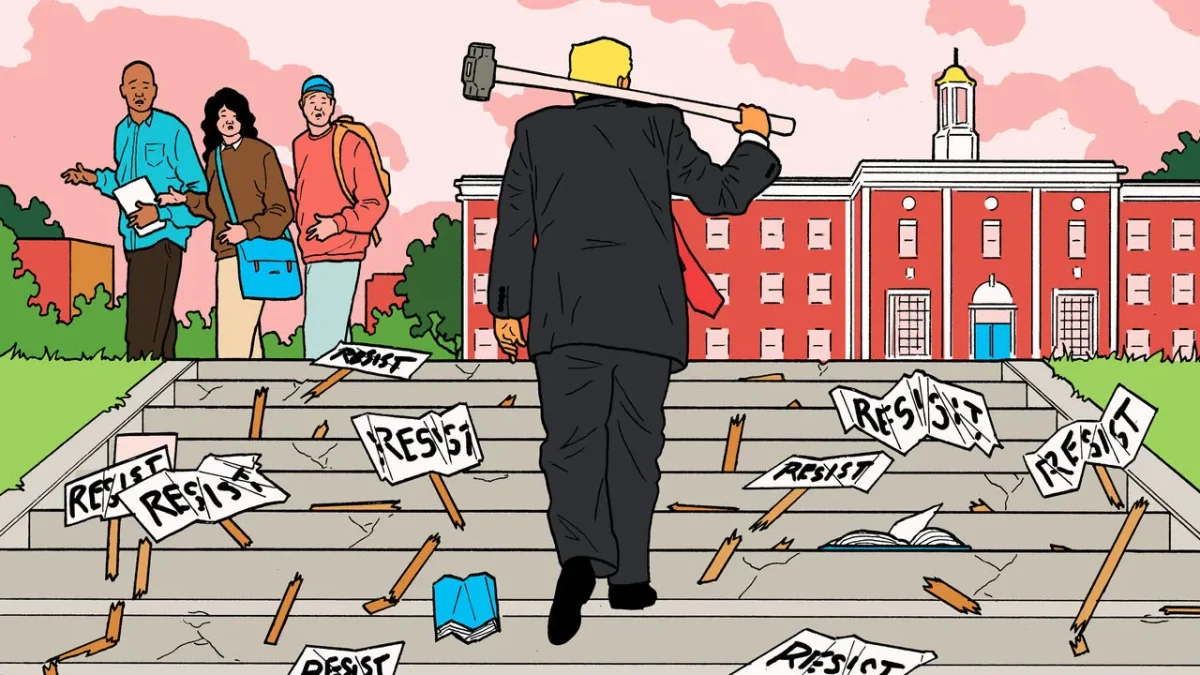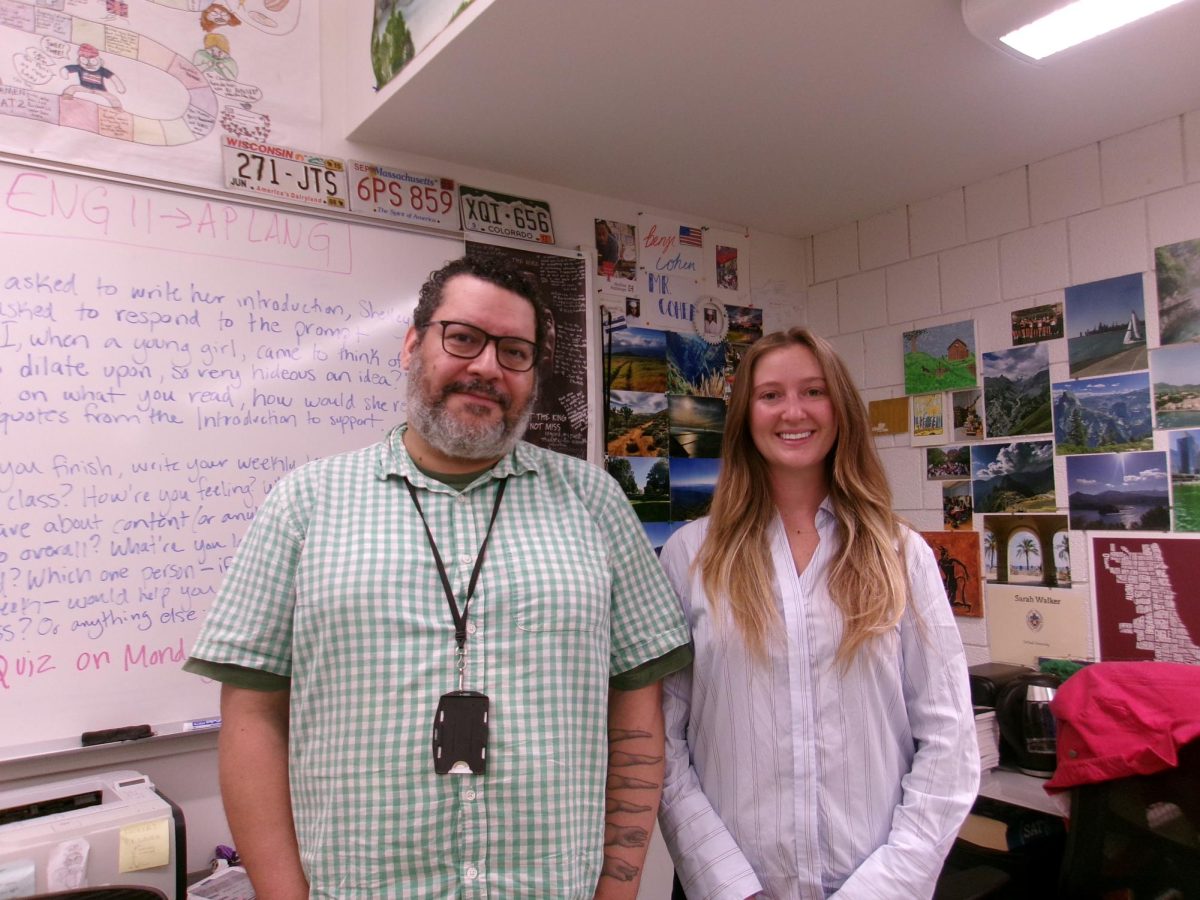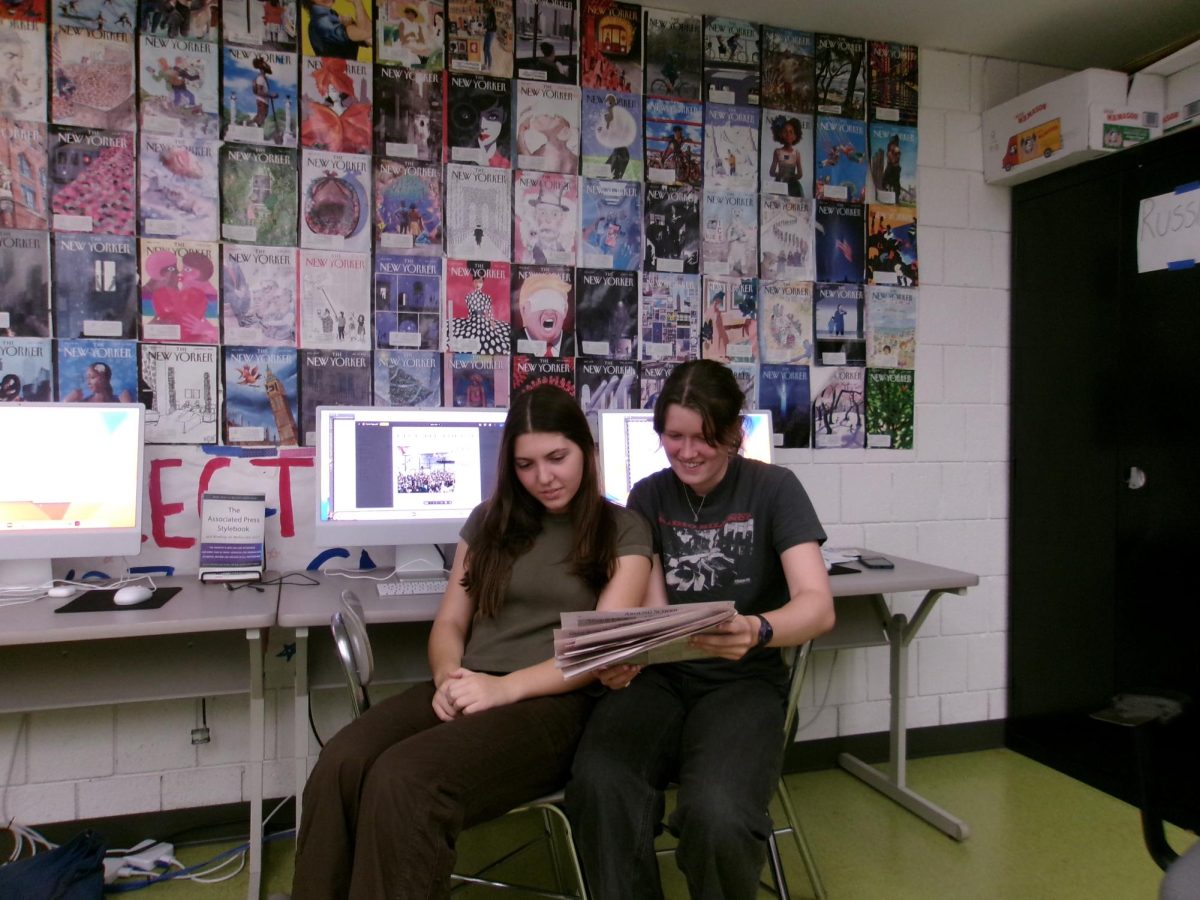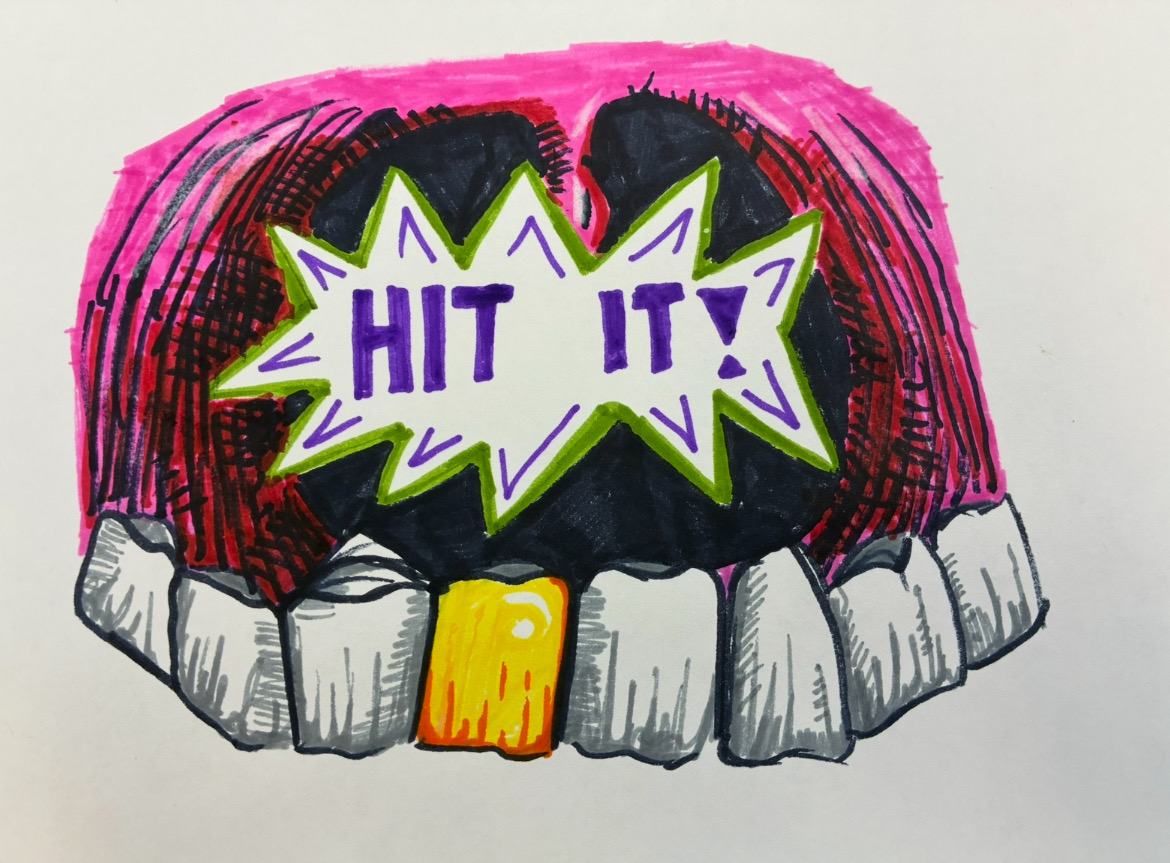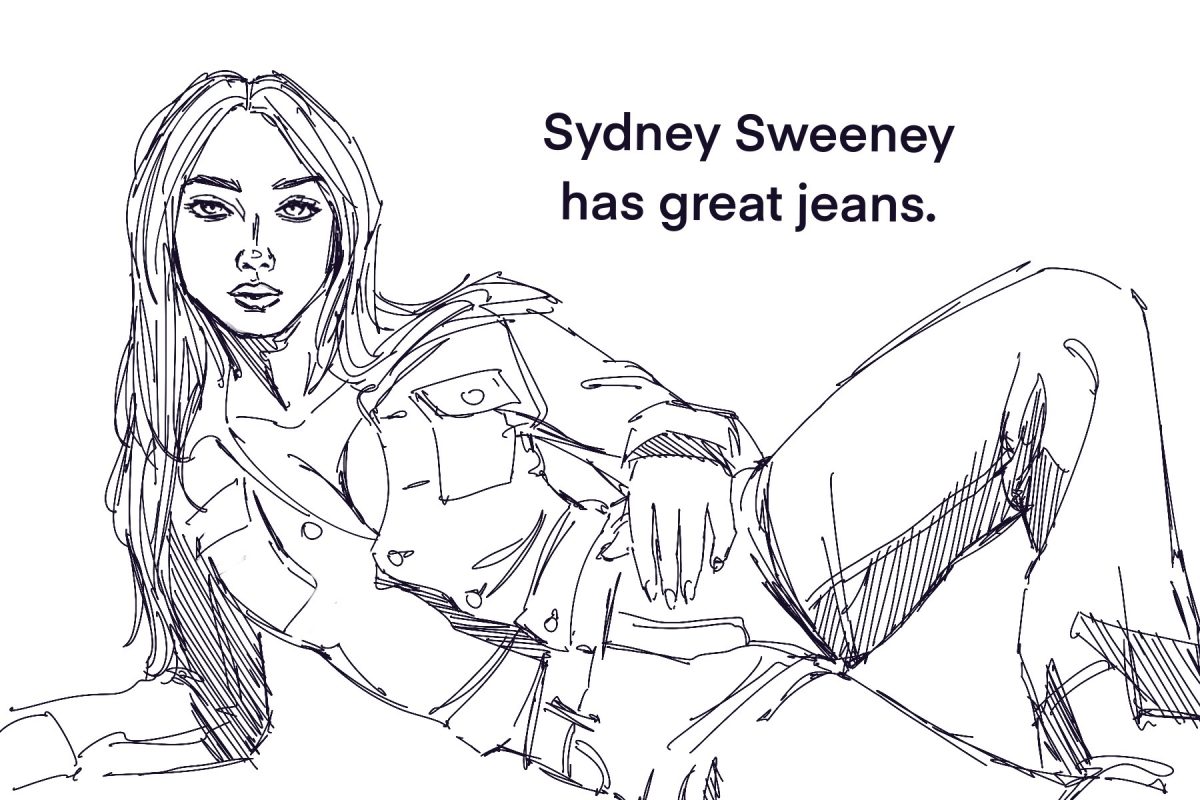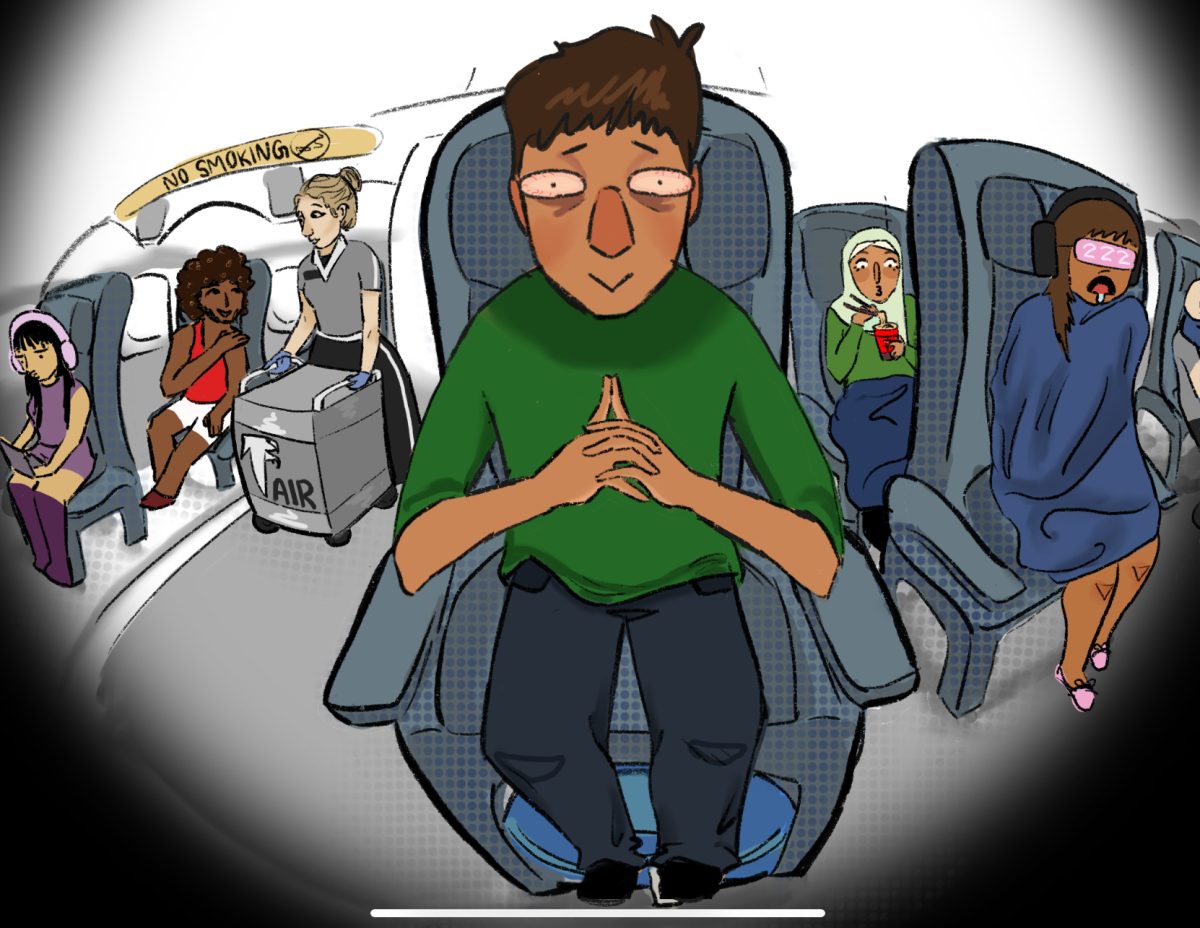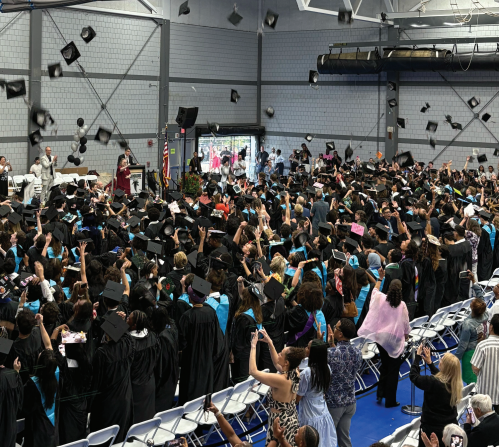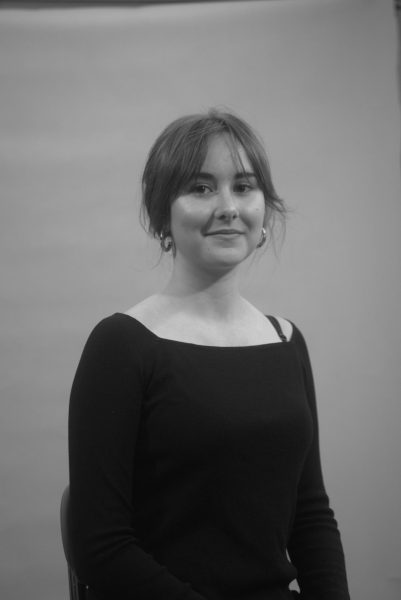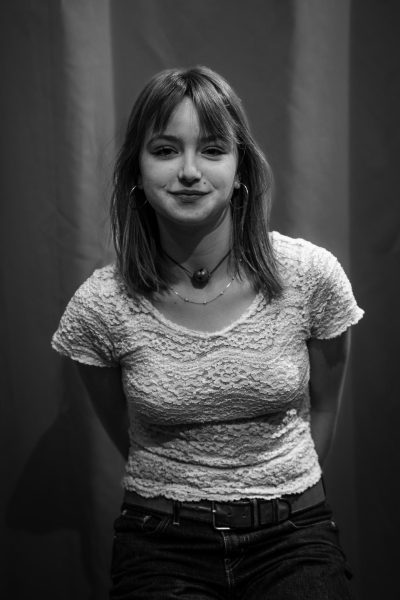When artwork is stripped from the context in which it was created, it loses its agency as a subjective portrayal of history. In an increasingly polarized landscape, if the political climate of the outside world and the pieces shown in galleries do not align, museums become less accessible, and their artwork loses its meaning.
The MFA’s “Power of the People: Art and Democracy” takes a different approach. With over 180 pieces, this aptly-timed exhibition explores democracy from conception to upkeep on a global scale. The exhibit is divided into three rooms: “The Promise,” which looks at the ideal of democracy; “The Practice,” which examines how democracy works in reality; and “The Preservation,” which focuses on the ongoing fight to preserve democratic values.
In the final room, “The Preservation,” the exhibition pushes against the traditional, often neutral style of museum curation. Blurbs written by high school students are displayed throughout the gallery, works created for disparate purposes are grouped together to reveal a larger theme, and pieces not normally considered in the context of activism are thrust to the forefront of the exhibition (the exhibit- features a marble bust of Socrates.) The emphasis on the present, most conspicuously through teenage perspectives, illustrates the capacity museums have to encourage conversations surrounding current events.
Visitors lucky enough to catch the live panel, “The City Talks,” on December 5th, were able to experience the exhibition’s relevance firsthand. Surrounded by largely eurocentric symbols of democracy—a liberty cap worn during the American Revolution, portraits of colonial revolutionaries, and Paul Revere’s “Liberty Bowl”—panelists Richeline Cadet, Devin Morris, and Segun Idowu spoke to the importance of Black-owned businesses, the urgency of community centers, the necessity of public education, and most prominently, how art is vital to all three sectors.
“Every single piece in this exhibition, or should I say this museum, was made with an audience in mind,” stated curator Phoebe Segal. Pointing to the work behind the panelists, Segal explained, “This [piece] is called ‘A Monumental Arch To American History.’ The artist takes the form of a triumphal arch, and he inscribes the history of American people of color into this form. What I love about it is you approach it—and you recognize certain individuals—and for every person you do recognize, there are multiples you’ve never heard of.” She went on to add, “The principal reason I was interested in doing this exhibition was to emphasize the role of a museum as a place of civic learning.” This sentiment was echoed by Morris, co-founder of The Teacher’s Lounge, “Artwork as activism starts in the classroom. If we don’t engage in discourse in our public education system, surrounding what representation should look like, then we are not encouraging our students to go out into the world and paint these vivid pictures of our lived experiences and about a future we deem necessary.”
“Power of the People” and the discussions surrounding it work to emphasize the role of art, both in national politics and in fostering local change. Whether in the gallery or through panels like “City Talks,” art is an active agent in shaping and reflecting society.
This article also appears in our January 2025 print edition.


